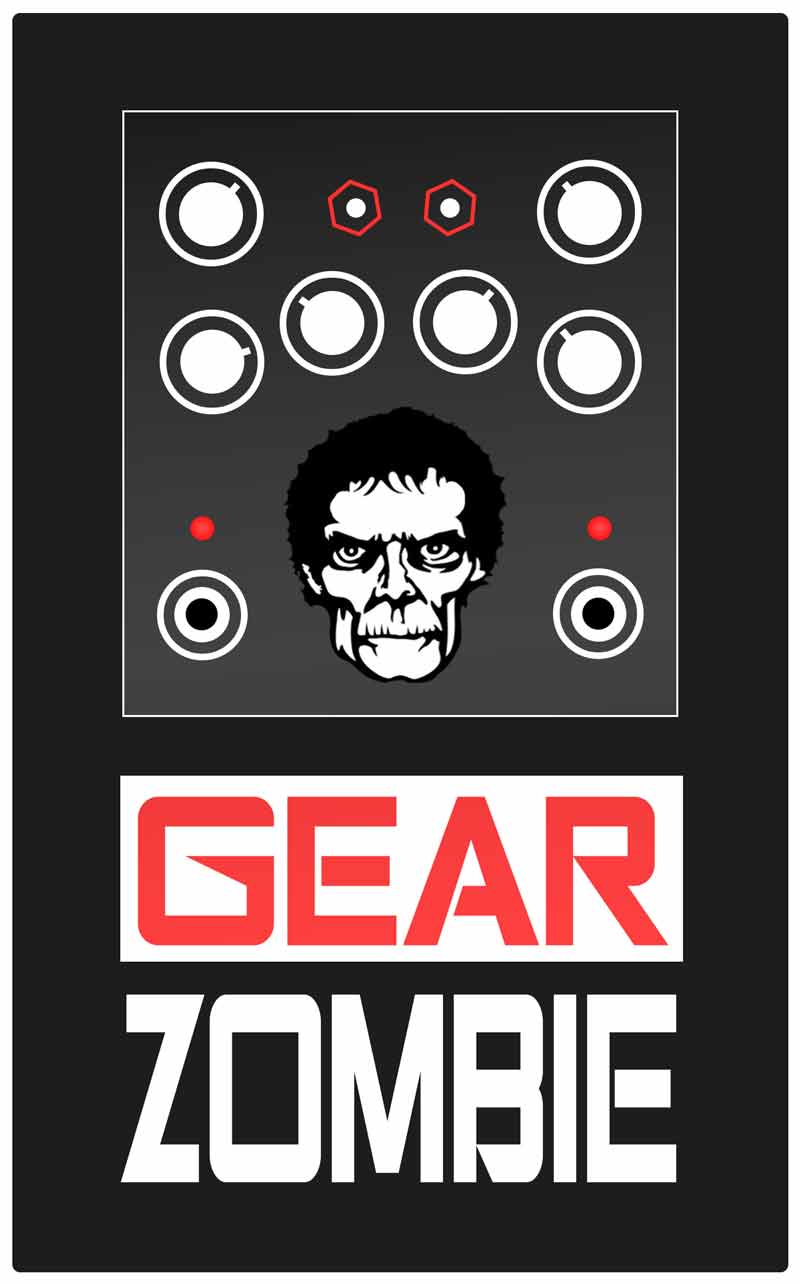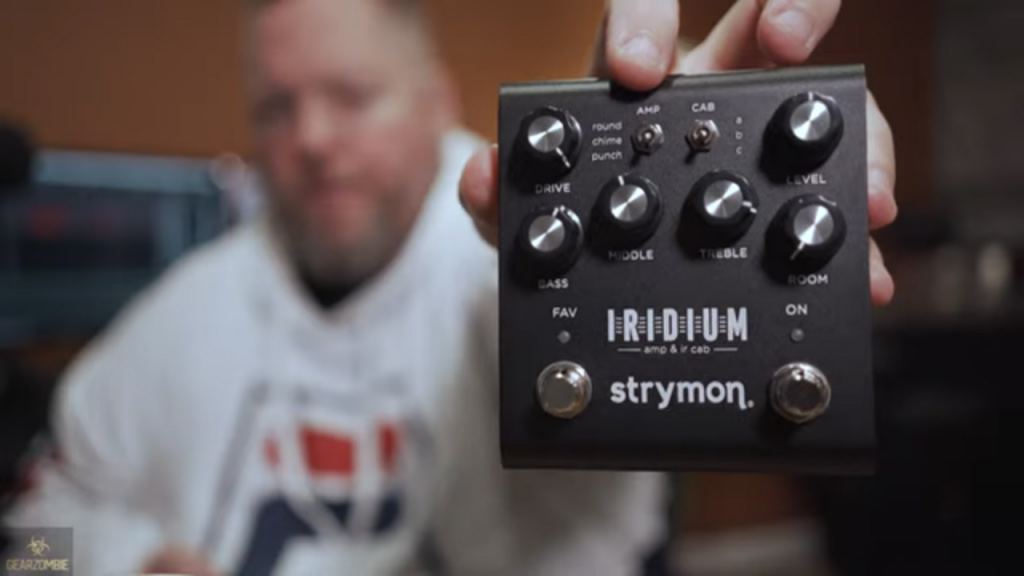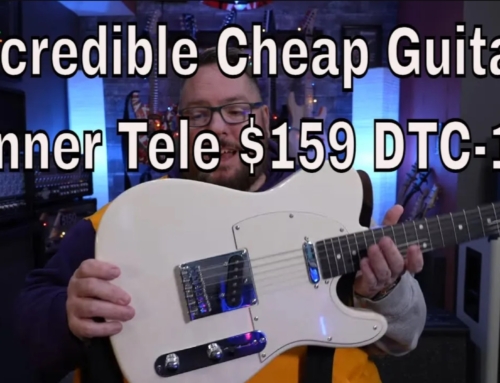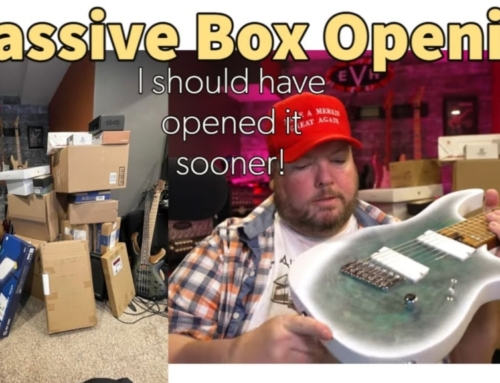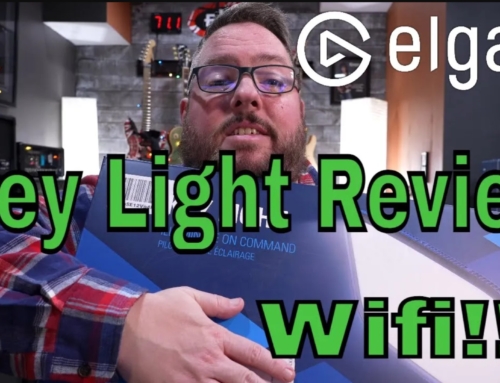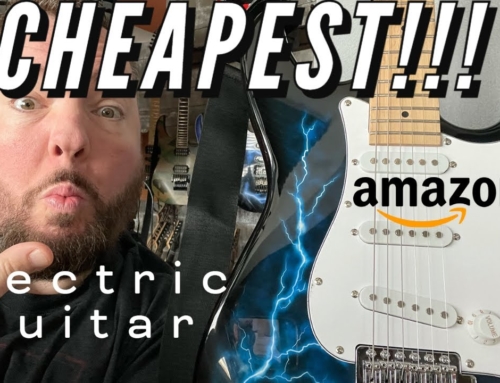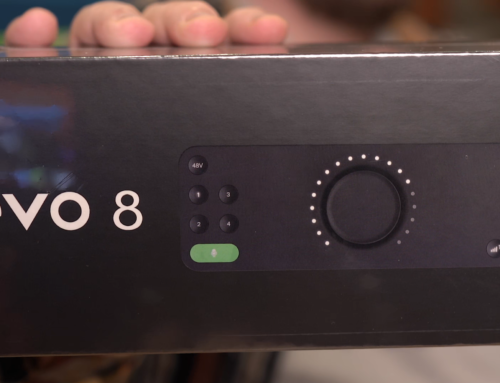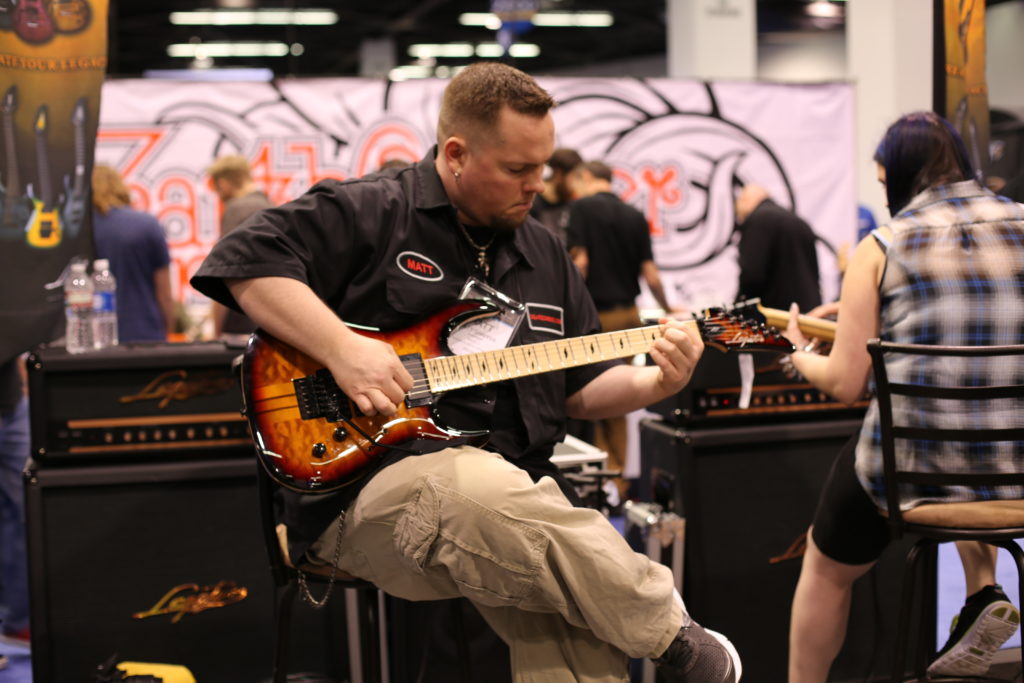Strymon Iridium Review Best Amp Pedal For Guitar Players
I have been at this for a long long time. I am an absolute dinosaur for musicians. I remember being so excited as a wee lad to upgrade from my solid-state Crate G40C combo to a Crate G120C 2×12 (still solid-state) combo and thinking I had arrived. We’re talking like 1992ish. I got it home, it weighed a ton and was on casters, I called my best musician buddy over and he looked at it and said… Ohhh.. I thought you got a “REAL” amp. And that’s the day I learned about tube amps.
From there I’ve had all kinds of things, from processors through tube power amps to heads and cabs until eventually technology started to catch up. My first big leap was when I started seriously recording in the late 90’s early 2000’s when the Line 6 Pod kidney bean came out. It was revolutionary! But then as things progressed, I played various Fractal Audio devices, Line 6 Helix, back to amps, various plugins… I digress… But recently I started reviewing the all in one amp pedals on my YouTube channel. I’ve played several at various Namm shows some great, some meh. But on a whim, I ordered the Strymon Iridium. And wow!!
So what’s so great about it?
Where do I start? Let me give a quick and dirty before I go all-in on details. It’s, in my opinion, the most versatile amp in a pedal, “amp in a box” you can buy. These are coming up in popularity and I own and have reviewed a few. But generally, they are one-trick ponies. For example, it may be a single channel replication of a manufacturer’s specific amp, or maybe sounds great in one aspect but not in others. But most all of them you’re locked into whatever you bought. Strymon has taken some of that boxed in feeling away with the ability to add your own Impulse Responses (IR’s)
But, let’s get into the nuts and bolts. Strymon has loaded this pedal with everything you would need for either studio or stage and it does it with all the fidelity of its physical counterparts. Playing with the Iridium made me in no way wish I was playing a real amp. The feel is authentic and the amps and included IR’s sound amazing.
Included are 3 amp sims that are based on iconic amplifiers. These are selectable on the left toggle switch. There are 9 included Cabinet Impulse Responses selectable with the right toggle switch. Each amp selected gives you access to 3 different IR’s
The amps are labeled Round, Chime, and Punch. The round is based on a Fender Deluxe Reverb, Chime is based on the Vox AC30TB, and Punch is based on a Marshall Plexi (Super Lead model number 1959) In my opinion these are recreated with incredible accuracy and feel. They accomplish this by something they call Matrix Modeling which is their approach to modeling the amps. If interested you should take some time to look at it on strymon.net.
For the cabinet Impulse Responses, they tapped some of the industries best at IR’s from OwnHammer, Celestion, cabIR and Valhallir. The list of included IR’s are below.
Deluxe Reverb® 1×12″ by OwnHammer
Impulse of a vintage Fender® Deluxe Reverb 1×12″ open back combo with a 1978 Fender CTS ceramic 12″ speaker.
Blues Junior® 1×12″ by cabIR
Impulse of a 1×12″ Blues Junior cabinet with a Jensen® C12N speaker.
Vibrolux® 2×10″ by cabIR
Impulse of a 1965 Fender Vibrolux 2×10″ with Jensen C10NS speakers.
AC30 2×12″ AlNiCo by OwnHammer
Impulse of a Vox® AC30/6 open back 2×12″ combo with 2001 Celestion® T0530 Blue AlNiCo speakers.
1×12″ AlNiCo by Celestion
Impulse of a Celestion Blue AlNiCo speaker in a closed back 1×12″ cab.
Mesa® 4×12″ by Valhallir
Impulse of a 4×12″ Mesa Boogie halfback with two Celestion Black Shadow® MC-90 and two ElectroVoice® Black Shadow EVM12-L speakers.
GNR 4×12″ by OwnHammer
Impulse of a 1971 Marshall® 1960B “basketweave” 4×12″ cabinet with 1971 Celestion T1221 G12M-25 speakers.
2×12″ Vintage 30 by Celestion
Impulse of a Celestion Vintage 30 in an open back 2×12″ cab.
Marshall 8×12″ AlNiCo by cabIR
Impulse of a 1965 Marshall 8×12″ re-issue full stack cabinet, with Celestion T652 AlNiCo speakers
Midi?
This is where the Iridium really starts to get cool. If you’re not into any of the included IR’s, you can use the Strymon Impulse Manager to add your own. But you also have midi control, save and load presets with up to 300 preset locations. Control all knobs and switches via midi. This really makes the Iridium a complete solution for the working musician. And in the tiny form factor of your average-sized guitar pedal. That’s built like a tank by the way.
Who is this for?
Where do you need it? I’d say it has a place for anyone that doesn’t want to carry back breakers to gigs anymore. I review a mixture of things I am sent from manufacturers and some things I purchase. Many times I will purchase something, do a review and sell it. This is one I will add to my collection for when I record production music and likely if I have a pick-up gig that doesn’t require a lot of effects. I like the availability of tones in the tiny footprint and the no BS of having to try to dial something in for hours. I am a huge supporter of Fractal Audio and Line 6 but one of the things I have always hated is all the work that can go into creating a tone. Sometimes with the Axe FX I can spend HOURS tweaking until my ears are fatigued only to realize I dialed in garbage and then back to the drawing board.
With the Iridium I can set it, make my basic adjustments and it sounds great it’s like dialing in a real amp. Now keep in mind I get that comparing the Axe Fx to a stompbox version of an amp and cab simulator is like comparing and PB&J sandwich to a Gordon Ramsay Beef Wellington. But!!! (Stay with me here) You make that PB&J a toasted melt with high-quality bread and PB&J all of a sudden you have a badass sandwich that everyone is going to like. This is plug and play for gigs and studio very little bs but with the expandability to build out midi presets. You can have a killer rig that lives on your pedalboard.
Who isn’t it for?
I’d say, extreme metalheads. The Djent guys and gals, the super heavy tone people. You can get there, but then it takes some other gear. Add an Ibanez TS-9 and an ISP Decimator and you’re gonna get in the ballpark on that type of tone. But I think you start to stray from what this pedal is great at when you start chaining effects and things for your base tone. And that’s the simplicity. For me personally, If I am going to do a ton of gating, compressing, or multiple rig sims, multiple cabinets that sort of stuff it’s time to go back to my Axe Fx. I can justify chaining maybe a Tube Screamer for a lead boost, or some delays and other color effects into one nice pedalboard for live. But I don’t want to have to tap dance if you will to achieve my Meshuggah tone. That being said, I don’t think this is the type of pedal that the Djent or Death Metal niche’s are going to gravitate to. It gets more than heavy enough for just about any application as I show in my YouTube demo.
Price?
$399 all in. Which I believe is a steal for sounds that are this good. Do me a favor, check it out using my links, it helps support the channel. Click here to check out the Strymon Iridium. Watch the YouTube video, Subscribe and hit the notification bell. Also find me @GearZombie on Instagram, Facebook, YouTube and GearZombiee on Twitter.
